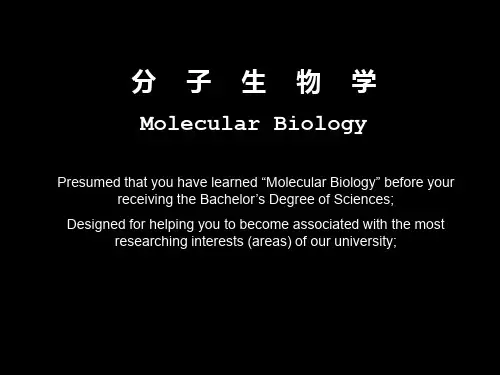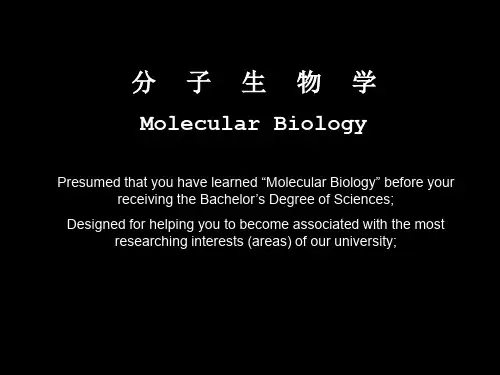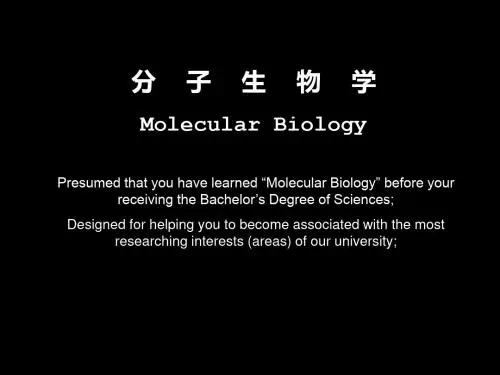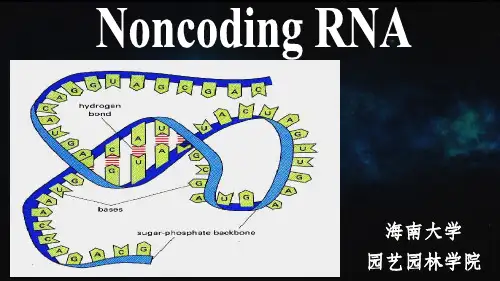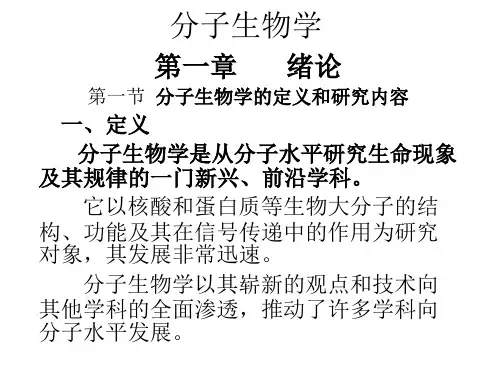Then what?
Amplification (PCR) +Separation
ROCHE Strategy
Emulsion PCR; 1 பைடு நூலகம்ragment/ bead
Primer
dNTP (each)
Polymerase
Template
Not clearly demonstrated
PCR amplification (Chain extension) Emulsion breaking Template dissociation
Around 100 million emPCR-prepared template beads are deposited onto a glass slide. On annealing of a universal primer, a library of 1,2-probes is added. Appropriate conditions enable selective hybridization and ligation of probes to complementary positions. The first (Y) and second (Z) positions of the 1,2-probes are designed as interrogation bases, such that the 16 dinucleotides are encoded by four dyes. Following four-colour imaging, the ligated 1,2probes are chemically cleaved to generate a 5′-PO4 group (P). The cycle of hybridization, ligation, imaging, and cleavage is repeated six more times. The extended primer is then stripped from the templates, and a second ligation round is performed with an n–1 primer, which resets the interrogation bases one position to the left. Interrogating each base twice improves the accuracy of the colour call. Seven ligation cycles ensue, followed by three more ligation rounds. A string of 35 data bits, encoded in colour space, are then aligned to a reference genome to decode the DNA sequence. Substitutions are the most common error type.
